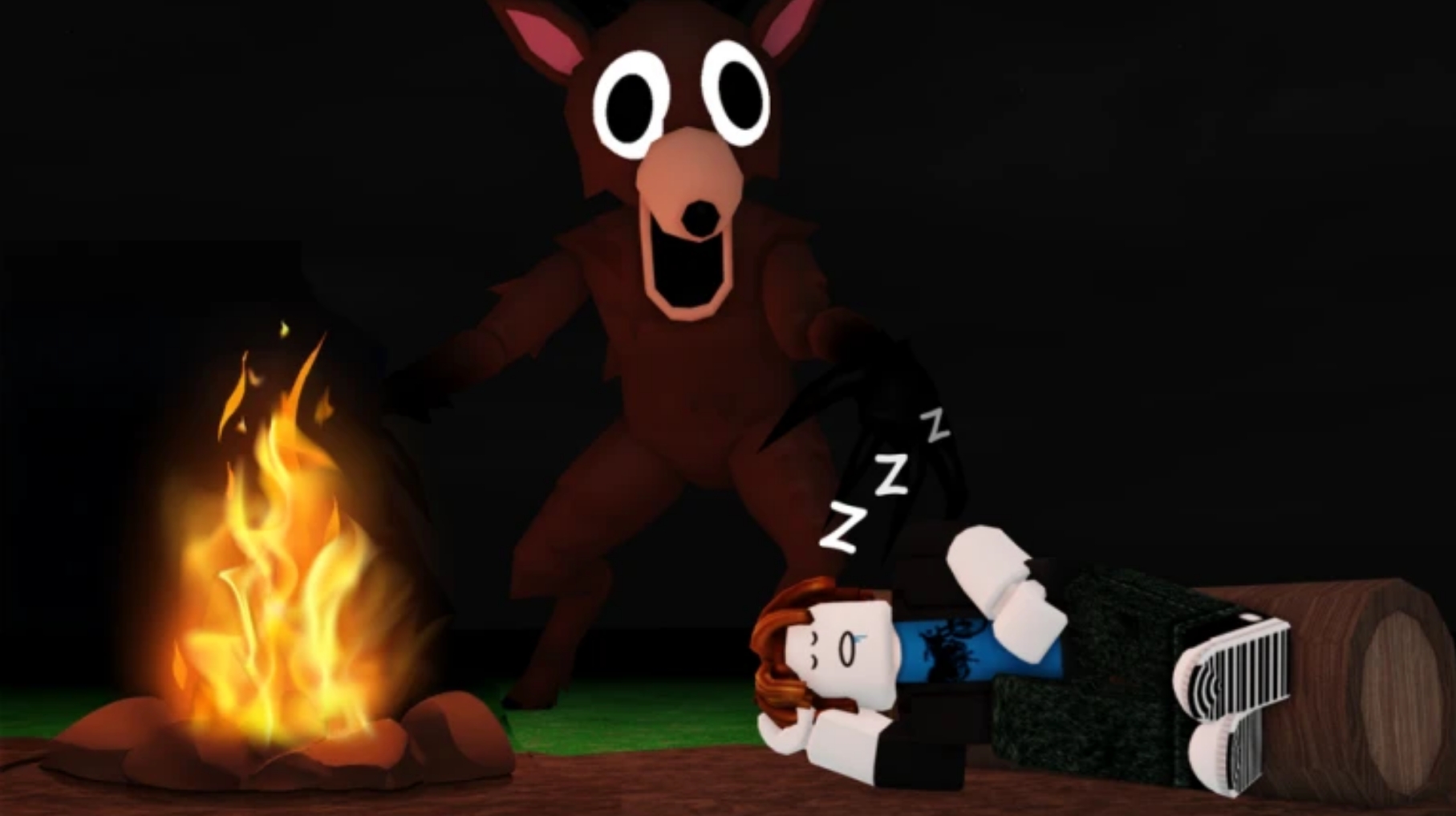What Happens at Night in 99 Nights in the Forest?

In 99 Nights in the Forest, the transition from day to night marks a dramatic shift in gameplay. While the daytime offers a narrow window for exploration and resource gathering, the night brings darkness, terror, and relentless threats. If you're wondering what really happens after the sun sets, this guide will walk you through everything you need to know to survive night after night in the haunted forest.
The Night Cycle: When the Forest Turns Hostile
Each day in 99 Nights in the Forest is limited, and as evening falls, the forest transforms from a silent, eerie place into a deadly hunting ground. The main events that occur at night include:
- The appearance of the Deer Monster
- Resource pressure due to campfire fuel consumption
- Limited visibility and restricted movement
- Psychological tension and jump scares
- Increased danger in late-game nights (post-Night 50)
The Deer Monster Awakens
The most terrifying feature of the night is the Deer Monster, a grotesque, semi-humanoid creature that roams the forest under the cover of darkness. You cannot kill it—you can only avoid or repel it.
Behavior:
- Begins stalking shortly after dusk
- Is attracted to darkness and player movement
- Grows more aggressive with each passing night
Key Survival Tips:
- Stay close to your campfire to remain within its protective light radius
- Listen for growls, footsteps, or heavy breathing—they signal an imminent attack
- Have a torch or fire-ready tool in hand to repel it if it comes too close
Campfire: Your Only Safe Zone
Your campfire is not just important—it is essential. Without it, you’re completely exposed. At night:
- The fire gradually burns out, requiring constant refueling
- It provides your only consistent light source
- Monsters will avoid the illuminated area if it’s bright enough
Campfire Checklist:
- Collect 20–30 units of wood during the day
- Always top off the fire before darkness fully sets in
- Stay within the light radius unless absolutely necessary
Vision and Movement Are Severely Limited
During nighttime:
- Your field of vision is limited to the radius of the campfire or your torch
- Forest landmarks become difficult to navigate
- Getting lost becomes a real danger, especially when pursued
Avoid:
- Exploring new areas at night
- Running blindly into the forest
- Attempting to rescue missing children during these hours
Nighttime Audio and Psychological Horror
What makes 99 Nights in the Forest uniquely terrifying is how it uses sound design and tension rather than gore.
Expect:
- Sudden distant noises—breaking twigs, faint whispering, or eerie moaning
- Shifts in ambient music indicating nearby danger
- Jump scares triggered by monster proximity
The psychological tension can build up so effectively that players often find themselves panicking even when no threat is immediately visible.
Increased Difficulty Over Time
As you progress toward night 99:
- The Deer Monster appears more frequently and stays longer
- Firewood becomes harder to gather as you venture farther
- Mistakes—such as letting the fire die—are punished instantly
- Nights become longer and colder in atmosphere and tone
This progression makes night survival increasingly demanding, requiring better preparation and quicker reactions.
What You Should Do Each Night
To survive consistently, follow this nightly routine:
- Top off the campfire before sundown
- Keep wood nearby for quick refueling
- Stay within the light radius unless urgently needed
- Listen carefully for approaching threats
- Use your torch wisely to keep monsters away
- Avoid exploration unless you're fully prepared
Conclusion
In 99 Nights in the Forest, nightfall isn't just a visual change—it's the core survival mechanic. From the eerie silence to the terrifying Deer Monster and the vital need to protect your campfire, every moment after sunset becomes a test of nerves, strategy, and quick thinking.
Master the night, and you'll not only survive—you'll come closer to unraveling the forest's deepest secrets.